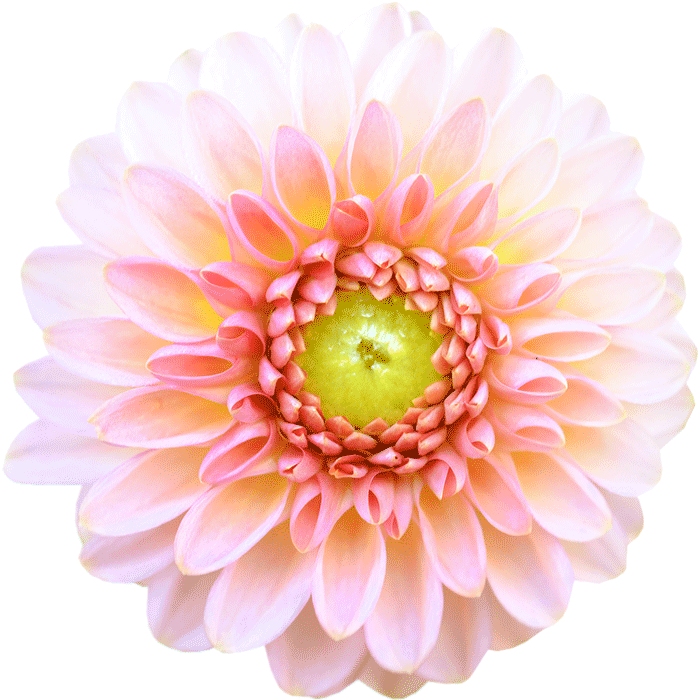There are various reasons to grow dahlias in containers. Some growers use containers to protect their dahlia plants from voles or other digging mammals. The containers provide a barrier to protect the roots from these pests. Others grow some plants in small (4-inch) pots buried in the ground.

Selecting a Container
This method, especially for plants from cuttings rather than tubers, confines the roots and produces pot roots. The pot roots tend to keep better and make better cuttings (and plants) the following season. These growers use containers and bury the tops at least an inch below soil level. These reasons for using containers tend to be for experienced growers rather than newer ones.
I presume that virtually everyone listening in tonight is in a different category – growers looking for a way to grow dahlias outside a normal garden plot. Many of these growers plan to grow dahlias in pots on a back deck or perhaps even on a balcony.
For those planning to grow dahlias in containers outside a garden – thus not planted in the ground – the directions are very different. A dahlia grown in a pot planted in the garden may be grown normally (the same as any dahlia planted in the garden). A dahlia planted in a container outside a garden faces a very different environment.
Container size and soil: A container for a dahlia not buried in the ground should be large. I recommend a container around 10 to 12 inches in diameter and at least as deep. Place some stones on the bottom couple of inches to ensure good drainage. I recommend a high-quality potting mixture plus some Leafgro (leaf mulch) and at least 20 to 25% (by the amount of dry material) vermiculite or perlite. Others may suggest other formulas, but the concept is as follows. Leafgro is a high-quality organic compost, and dahlias respond very well to it. Vermiculite (or perlite) lightens the soil and improves drainage.
Fertilizer: Add Harrells 19-4-8 time release fertilizer – especially on top of the soil and near the sides of the container (away from the tuber or plant). The fertilizer will release down into the container as one waters or rain falls on the plant. The roots will reach out toward the sides to absorb the fertilizer. Too much fertilizer too close to the tuber or plant might burn and harm the plant. It is always preferable to keep the fertilizer away from hitting the plant directly. For a 12-inch pot, I would use around 4 to 5 teaspoons of Harrells. During the season, look at how the plant is doing to evaluate whether to use additional fertilizer – but during the season, foliage fertilizer is generally better than additional granular fertilizer.
Staking a Dahlia in a Container
I cannot imagine growing a dahlia in a container without tying it to a stake. One can place a 6-foot stake at the back inside the container and tie the plant to it with garden twine as the plant grows taller and larger.
Smaller, low growing dahlias can become very bushy. I believe that it is more difficult to grow a bushy dahlia plant in a container than in the ground. For that reason, I would restrict the number of laterals for a plant in a container compared to growing the same plant in the ground.
The custom in India is to grow giant dahlias (AA) in containers but to take out all laterals, growing each container for a single terminal bud (one flower per container). I only know of one grower who tried this method in our country – but someone might wish to try it sometime.


Some Special Care Recommendations for Dahlias in Containers
Water all your dahlias in containers (those not buried in the ground) every day, unless it rains heavily. Dahlias in containers dry out very quickly and cannot draw water from nearby soil or plants. With stones in the bottom of the pots, excess water will drain away.
Fertilize half strength (compared to what you would do for plants in the ground) and twice as often. Too much fertilizer in a container will not go to nearby plants or lower in the ground. Additional watering will wash away nitrogen, potash, sulphur, and some other nutrients (but not phosphate). One must replace these nutrients more often than for plants in the ground. Foliage feeding is often safer than drench feeding for plants I containers.
Recommendations for dahlias to grow in containers
Low growing cultivars are probably the most sensible dahlias, except for those interested in growing a AA dahlia groomed to produce only a single bloom.
In general, poms, balls, many miniature balls, and some waterlilies tend to grow shorter than other types or sizes of dahlias. The tendency is on average – check and ask for recommendations of specific low growing cultivars.
The more shade on the plants, the taller the plants tend to grow. Also, the fewer laterals, the taller the plants tend to grow. A sunny patio is likely to give lower growing plants than a more shady location, all else equal.
ADS Dahlia University
Growing Dahlias in Containers: Some Overall Pointers
Republished with permission from the American Dahlia Society.
© American Dahlia Society, all rights reserved.

